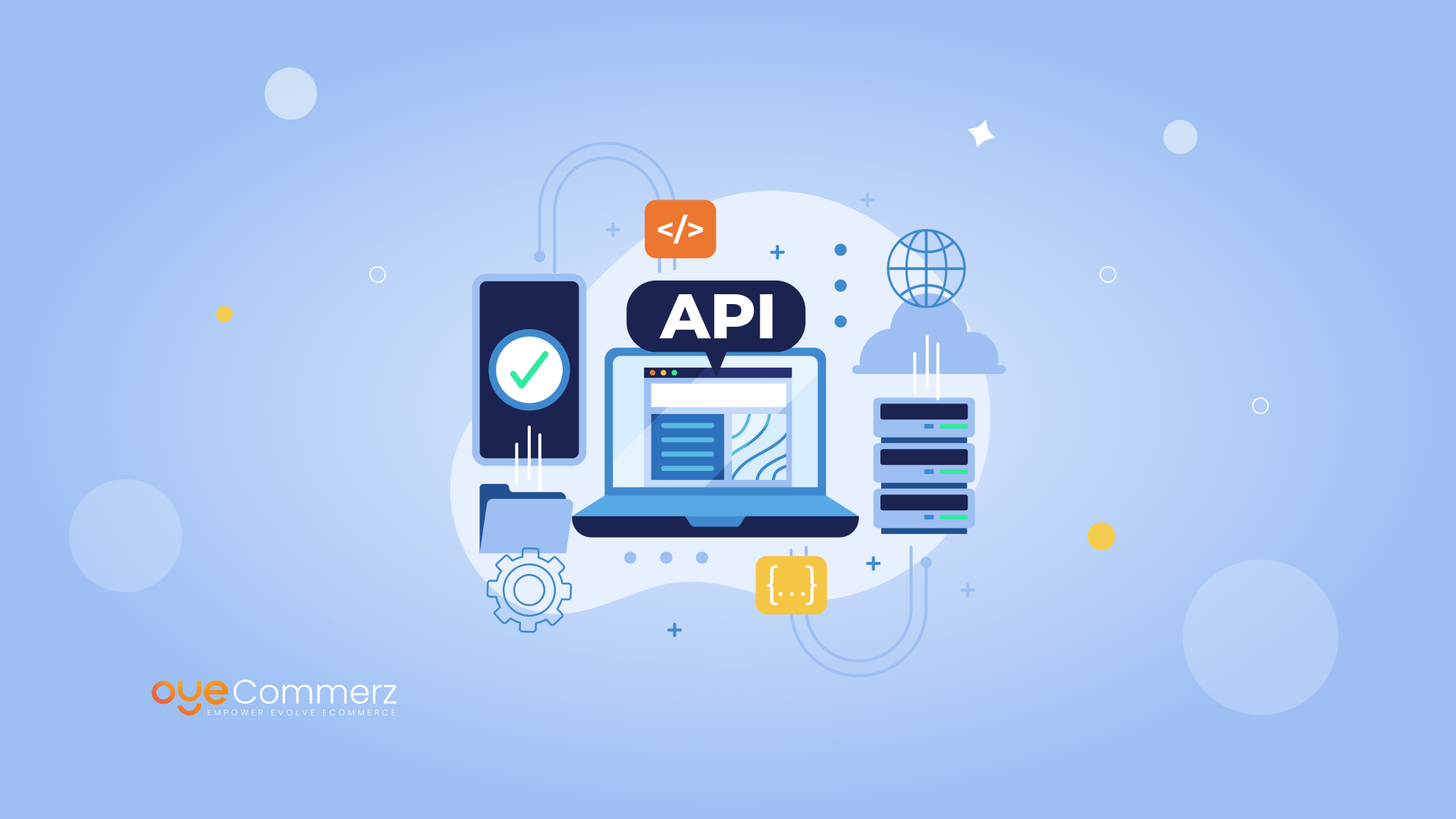
Overview
In the current highly competitive e-commerce market, Shopify merchants are constantly looking for ways to increase profits and improve their business processes. One powerful solution is through custom Shopify applications customized to fulfill individual operational goals. Syncing with the Shopify API and using resources like the Polaris design system, these apps enable organizations to scale efficiently while enhancing user interaction. In this post, we’ll dive into key aspects of Shopify app-building, from visual design concerns and essential features to best practices for maintaining and expanding app capabilities efficiently.
1. Comprehending Shopify API Linkage
A solid knowledge of Shopify’s API—both REST and Graph Query Language—is key for developing robust Shopify apps. With these interfaces, developers can fetch, update, and handle details within a Shopify site. The GraphQL API enables fast data handling, enabling quicker replies by retrieving only the necessary data. Connecting the API allows app creators to adapt app capabilities to the business’s specific requirements, ensuring a smooth customer interaction that improves business productivity and revenue.
2. Employing the Polaris framework
Shopify’s Polaris design system helps developers to create a unified and user-friendly experience across Shopify apps. Polaris offers a set of building blocks and guidelines that align with Shopify’s visual standards, allowing apps look integrated within the Shopify platform. This approach not only aids intuitive user interactions but also contributes to maintain brand consistency, an important factor in building credibility with users.
3. Creating within the Shopify Marketplace
The Shopify app ecosystem is broad, enabling programmers to develop built-in Shopify applications that function in a shop's control interface. Embedded apps streamline the customer journey by linking seamlessly within Shopify’s dashboard, reducing the need for additional authentication or further browsing. For developers, using Node.js for server-side processes and React for the front end has become a preferred option, as these frameworks facilitate growth-ready, adaptive applications that deliver an high-quality user experience.
4. Essential Components for Shopify Applications
A high-performing Shopify app must have capabilities that address important pain points in the e-commerce journey. Webhooks for immediate alerts, bespoke design adjustment features, and omnichannel retailing options are vital additions that can improve business oversight and customer experience. By implementing these features, Shopify applications go beyond streamline in-house tasks but also boost the end-user satisfaction.
5. Best Practices for App Development
When creating Shopify applications, it’s important to adhere to industry best practices. App maintenance strategies such as frequent patches, customer support, and protection protocols are necessary for maintaining user trust. Promotional efforts for Shopify applications can also be utilized to enhance app reach and user base. User retention strategies, like prompt messages and loyalty programs, are important for keeping customers and building a loyal following.
6. Expanding Shopify Apps for Success
As Shopify stores grow, scaling apps becomes critical to handle increased traffic and performance requirements. Adopting on-demand resources and focusing on start here data management through GraphQL can enable apps expand without slowdowns. It’s just as crucial to have a roadmap for growing the app’s framework to handle growth, including a checklist for finding a app builder with experience in Shopify applications.
7. Examining the Expense of Building Shopify Applications
Developing custom Shopify apps can vary significantly in investment depending on the functions, linkages, and customization required. Key functions like backend linkages, client-facing features, and online reach options can drive up costs. However, the revenue benefits is often valuable, as these apps can directly enhance profits and simplify business processes.
8. Support Plans
Sustaining application performance is just as crucial as creating it. Regular updates to fix issues, improve security, and maintain integration with the new Shopify versions are essential. Planned support measures also involve user assistance and feature enhancements that keep up with the digital retail landscape.
9. Tools for Developing Shopify Applications
Shopify provides multiple options to simplify the creation workflow, from app development frameworks like JavaScript runtime and React.js framework to automated notifications for immediate changes. Tools like Shopify’s CLI simplify the coding process, while Shopify App Bridge facilitates embedded apps to connect easily with Shopify’s admin interface. These resources are essential for developing solutions that are both operational and easy to use.
10. Upcoming Innovations in Shopify App Development
The future of Shopify app creation is bright, with innovations heading in the direction of AI-powered features, improved cross-channel functionality, and improved app extension options. As digital retail develops further, programmers will have to keep up with new directions to develop solutions that don’t just meet but outperform user expectations.
Final Thoughts
Personalized Shopify software give a strategic method for e-commerce businesses to expand with ease, increase revenue, and streamline operations. From connecting with data interfaces and the Polaris design system to advanced features and maintenance strategies, each aspect of Shopify app development plays building custom app features a key role in providing a user-friendly journey for customers. As Shopify continues to innovate, staying ahead of upcoming innovations in app development will help businesses maximize Shopify’s extensive platform, reinforcing their standing in the digital retail industry.